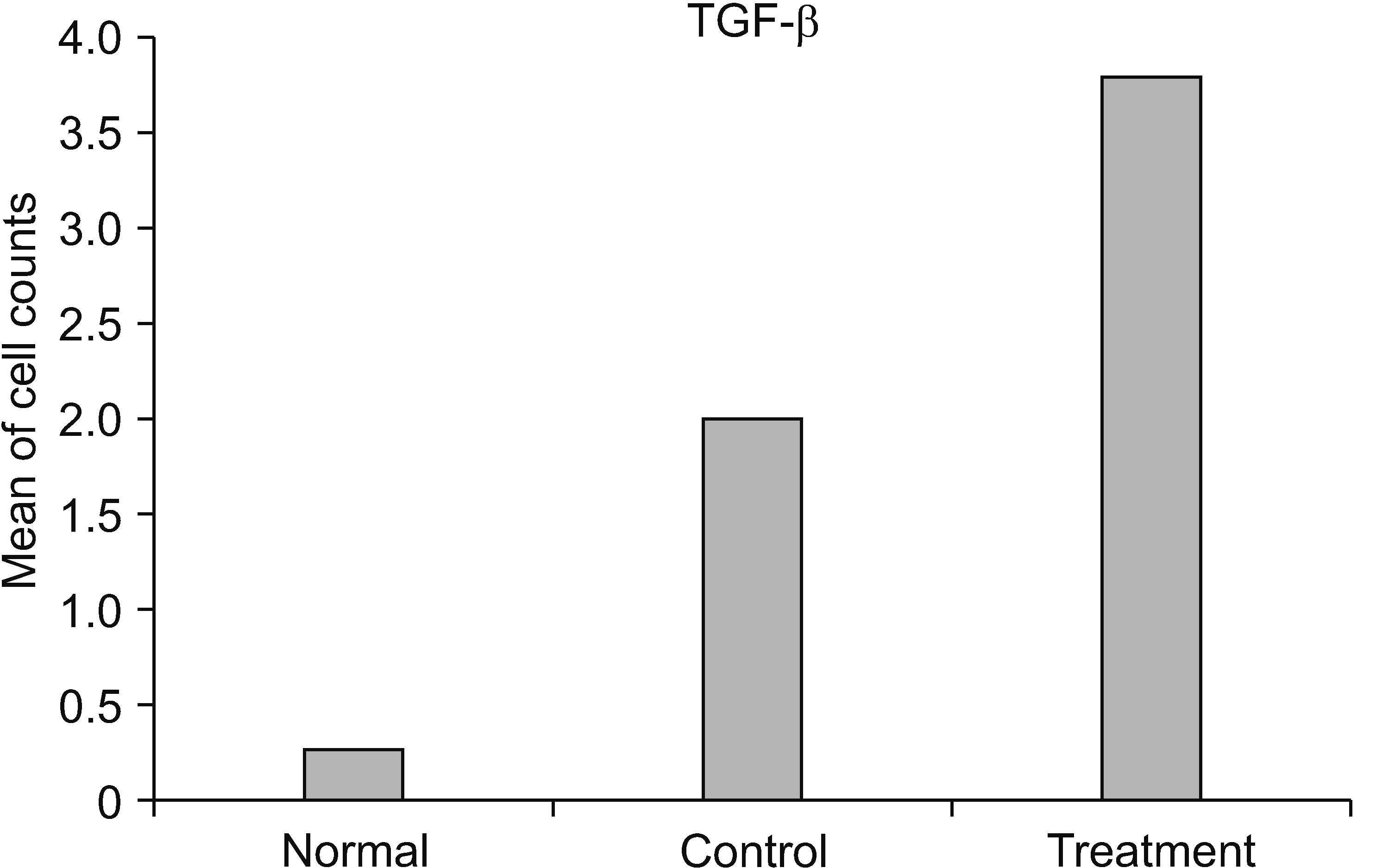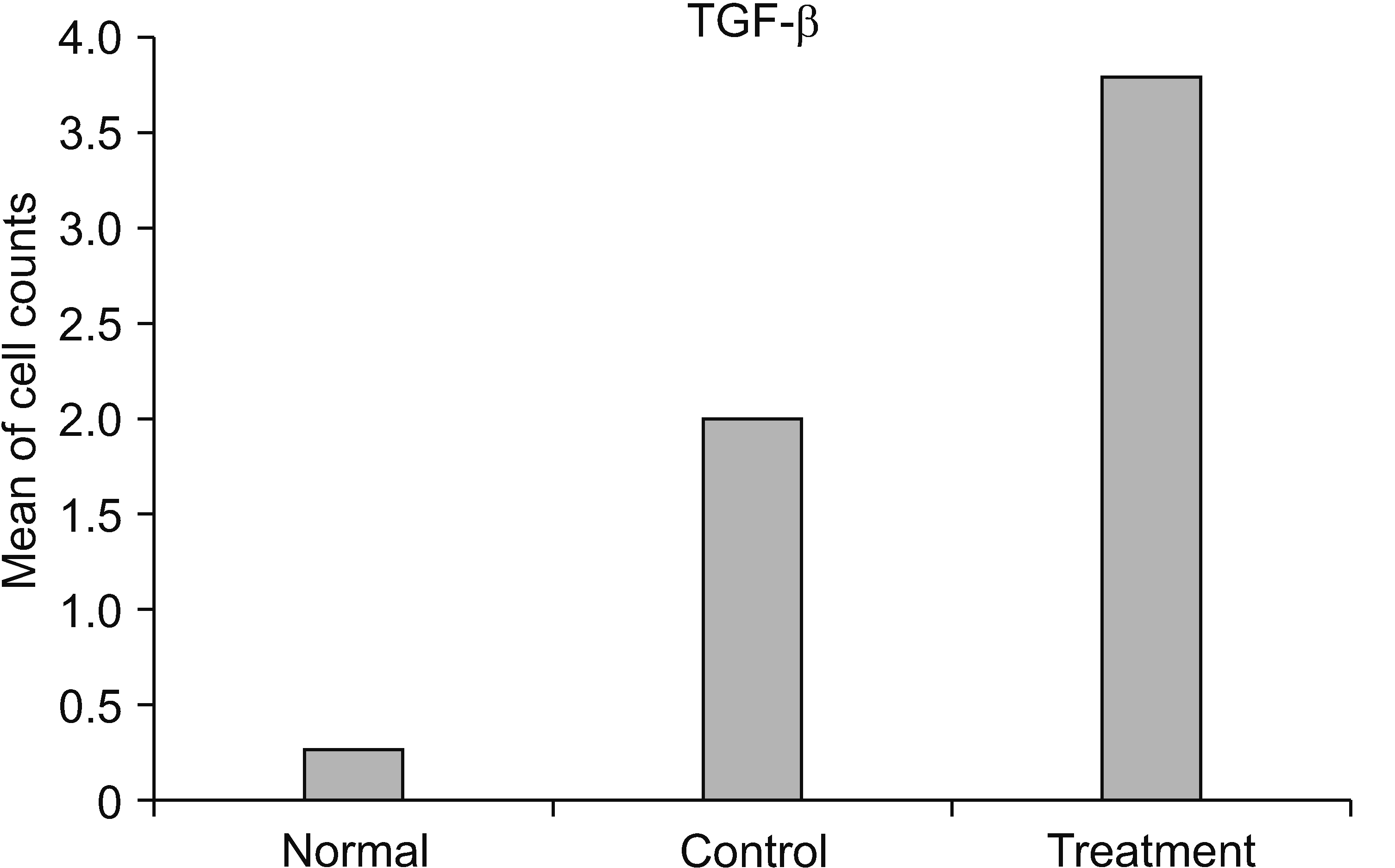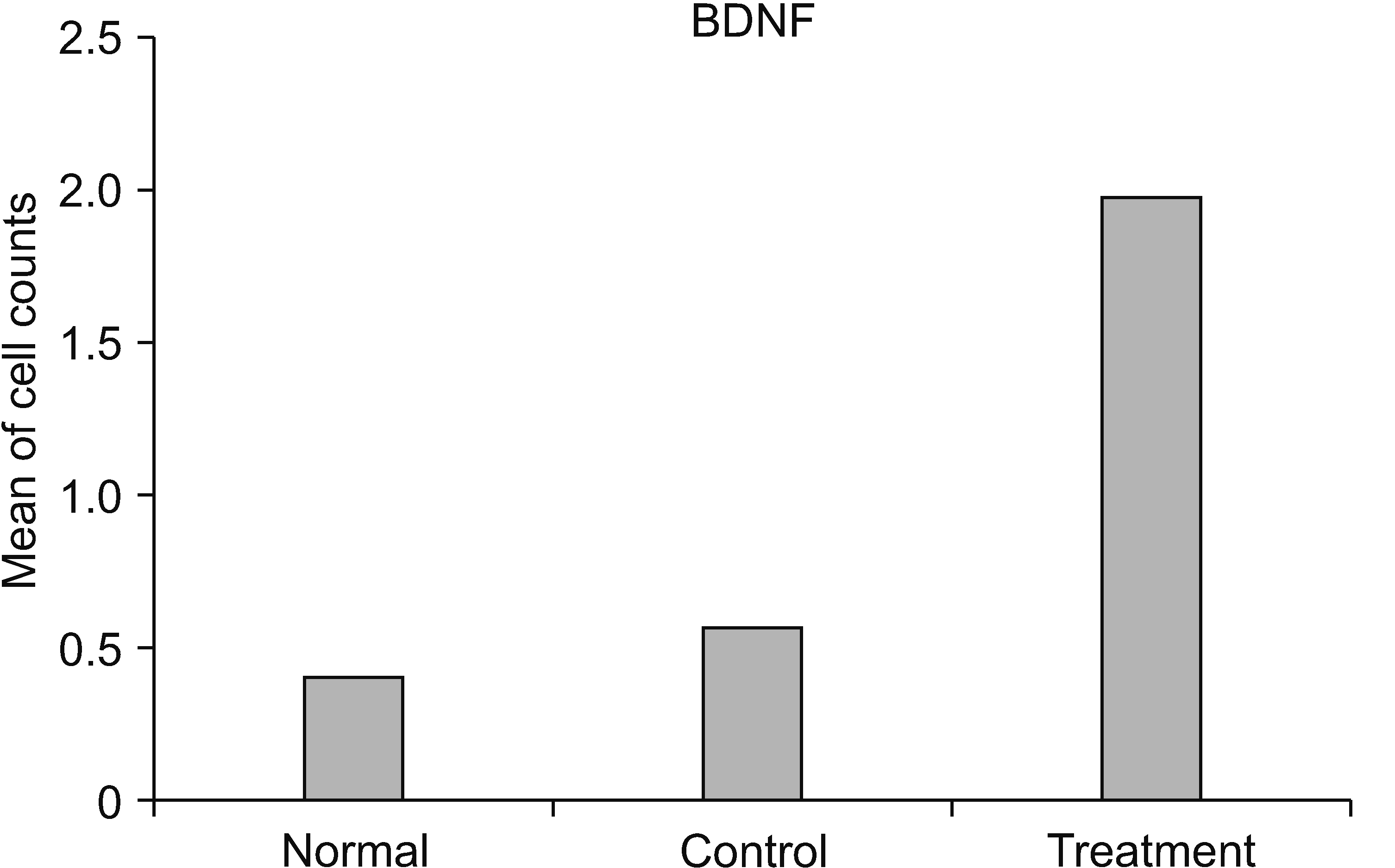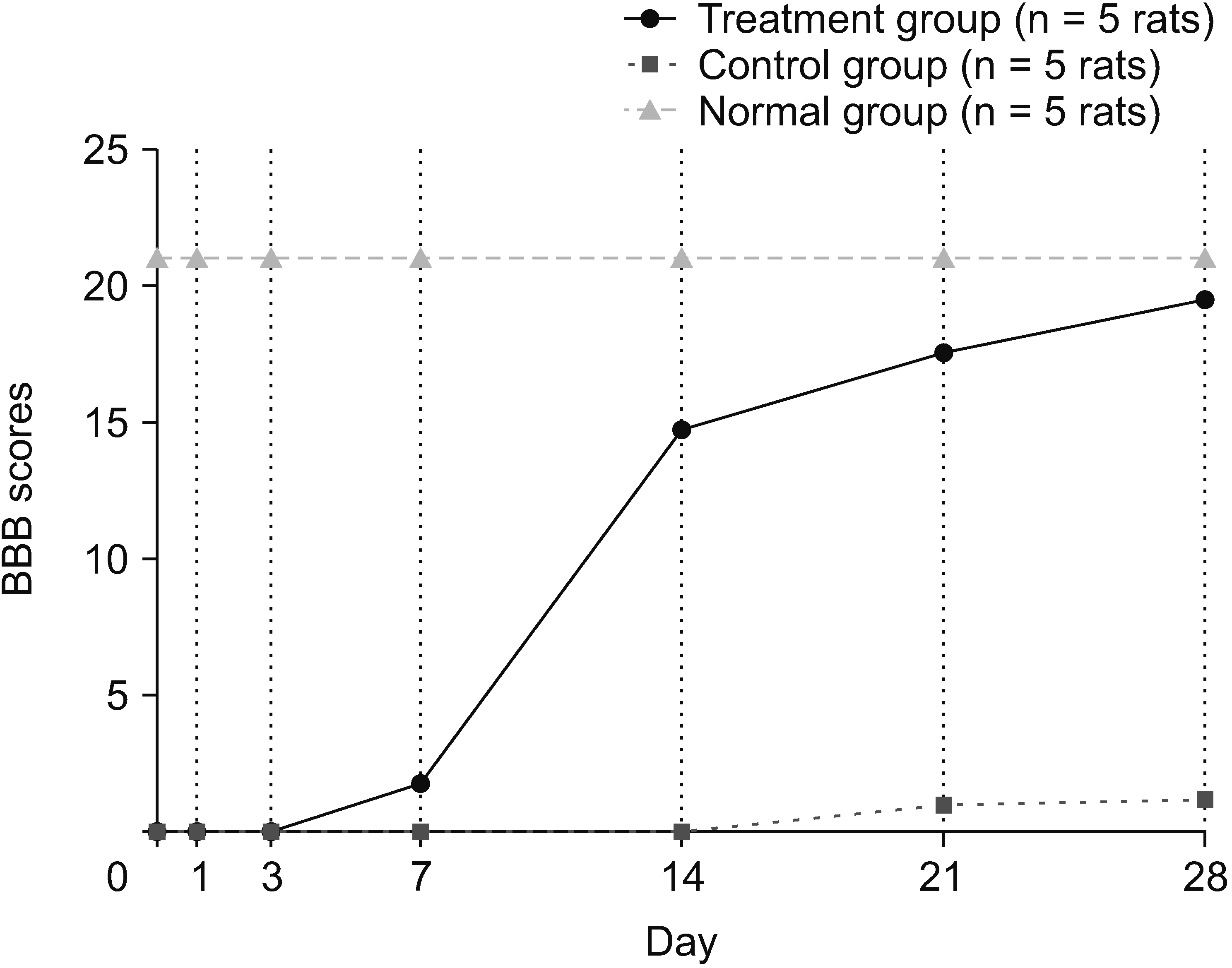1. Kwon BK, Bloom O, Wanner IB, Curt A, Schwab JM, Fawcett J, et al. 2019; Neurochemical biomarkers in spinal cord injury. Spinal Cord. 57:819–31. DOI:
10.1038/s41393-019-0319-8. PMID:
31273298.
2. Miranpuri GS, Nguyen J, Moreno N, Yutuc NA, Kim J, Buttar S, et al. 2019; Folic acid modulates matrix metalloproteinase-9 expression following spinal cord injury. Ann Neurosci. 26:60–5. DOI:
10.5214/ans.0972.7531.260205. PMID:
31975775. PMCID:
PMC6894625.
4. Davari M, Amani B, Amani B, Khanijahani A, Akbarzadeh A, Shabestan R. 2020; Pregabalin and gabapentin in neuropathic pain management after spinal cord injury: a systematic review and meta-analysis. Korean J Pain. 33:3–12. DOI:
10.3344/kjp.2020.33.1.3. PMID:
31888312. PMCID:
PMC6944364.
6. Fakhri S, Sabouri S, Kiani A, Farzaei MH, Rashidi K, Mohammadi-Farani A, et al. 2022; Intrathecal administration of naringenin improves motor dysfunction and neuropathic pain following compression spinal cord injury in rats: relevance to its antioxidant and anti-inflammatory activities. Korean J Pain. 35:291–302. DOI:
10.3344/kjp.2022.35.3.291. PMID:
35768984. PMCID:
PMC9251389.
7. Assinck P, Duncan GJ, Hilton BJ, Plemel JR, Tetzlaff W. 2017; Cell transplantation therapy for spinal cord injury. Nat Neurosci. 20:637–47. DOI:
10.1038/nn.4541. PMID:
28440805.
9. Sabelström H, Stenudd M, Réu P, Dias DO, Elfineh M, Zdunek S, et al. 2013; Resident neural stem cells restrict tissue damage and neuronal loss after spinal cord injury in mice. Science. 342:637–40. DOI:
10.1126/science.1242576. PMID:
24179227.
10. Dilogo IH, Fiolin J. 2019; Role of mesenchymal stem cell-conditioned medium (MSC-CM) in the bone regeneration: a systematic review from 2007-2018. Annu Res Rev Biol. 31:1–16. DOI:
10.9734/arrb/2019/v31i230045.
11. Cunningham CJ, Redondo-Castro E, Allan SM. 2018; The therapeutic potential of the mesenchymal stem cell secretome in ischaemic stroke. J Cereb Blood Flow Metab. 38:1276–92. DOI:
10.1177/0271678X18776802. PMID:
29768965. PMCID:
PMC6077926.
12. Zhou J, Ni W, Ling Y, Lv X, Niu D, Zeng Y, et al. 2022; Human neural stem cell secretome inhibits lipopolysaccharide-induced neuroinflammation through modulating microglia polarization by activating peroxisome proliferator-activated receptor gamma. Stem Cells Dev. 31:369–82. DOI:
10.1089/scd.2022.0081. PMID:
35481777.
13. Mercan A, Uzun ST, Keles S, Hacibeyoglu G, Yilmaz R, Reisli R. 2021; Immunological mechanism of postherpetic neuralgia and effect of pregabalin treatment on the mechanism: a prospective single-arm observational study. Korean J Pain. 34:463–70. DOI:
10.3344/kjp.2021.34.4.463. PMID:
34593664. PMCID:
PMC8494950.
14. Gao L, Peng Y, Xu W, He P, Li T, Lu X, et al. 2020; Progress in stem cell therapy for spinal cord injury. Stem Cells Int. 2020:2853650. DOI:
10.1155/2020/2853650. PMID:
33204276. PMCID:
PMC7661146.
15. Haider T, Höftberger R, Rüger B, Mildner M, Blumer R, Mitterbauer A, et al. 2015; The secretome of apoptotic human peripheral blood mononuclear cells attenuates secondary damage following spinal cord injury in rats. Exp Neurol. 267:230–42. DOI:
10.1016/j.expneurol.2015.03.013. PMID:
25797576.
16. Oliveri RS, Bello S, Biering-Sørensen F. 2014; Mesenchymal stem cells improve locomotor recovery in traumatic spinal cord injury: systematic review with meta-analyses of rat models. Neurobiol Dis. 62:338–53. DOI:
10.1016/j.nbd.2013.10.014. PMID:
24148857.
17. Swenson J, Carpenter JW. Carpenter JW, Marion CJ, editors. 2018. Select topics for the exotic animal veterinarian. Exotic Animal Formulary. 5th ed. Saunders;St. Louis: p. 636–63. DOI:
10.1016/B978-0-323-44450-7.00015-1.
18. George RP, Howarth GS, Whittaker AL. 2019; Use of the rat grimace scale to evaluate visceral pain in a model of chemotherapy-induced mucositis. Animals (Basel). 9:678. DOI:
10.3390/ani9090678. PMID:
31547463. PMCID:
PMC6769932.
20. Basso DM, Beattie MS, Bresnahan JC. 1995; A sensitive and reliable locomotor rating scale for open field testing in rats. J Neurotrauma. 12:1–21. DOI:
10.1089/neu.1995.12.1. PMID:
7783230.
22. Carter MW, Johnson KM, Lee JY, Hulsebosch CE, Gwak YS. 2016; Comparison of mechanical allodynia and recovery of locomotion and bladder function by different parameters of low thoracic spinal contusion injury in rats. Korean J Pain. 29:86–95. DOI:
10.3344/kjp.2016.29.2.86. PMID:
27103963. PMCID:
PMC4837124.
23. Leung V, Zhang E, Pang DS. 2016; Real-time application of the Rat Grimace Scale as a welfare refinement in laboratory rats. Sci Rep. 6:31667. DOI:
10.1038/srep31667. PMCID:
PMC4987703. PMID:
27530823.
24. Wu J, Zhao Z, Zhu X, Renn CL, Dorsey SG, Faden AI. 2016; Cell cycle inhibition limits development and maintenance of neuropathic pain following spinal cord injury. Pain. 157:488–503. DOI:
10.1097/j.pain.0000000000000393. PMID:
26797506. PMCID:
PMC4881432.
25. Hatch MN, Cushing TR, Carlson GD, Chang EY. 2018; Neuropathic pain and SCI: identification and treatment strategies in the 21st century. J Neurol Sci. 384:75–83. DOI:
10.1016/j.jns.2017.11.018. PMID:
29249383.
26. Schneider LE, Henley KY, Turner OA, Pat B, Niedzielko TL, Floyd CL. 2017; Application of the Rat Grimace Scale as a marker of supraspinal pain sensation after cervical spinal cord injury. J Neurotrauma. 34:2982–93. DOI:
10.1089/neu.2016.4665. PMID:
27998207. PMCID:
PMC6436031.
27. Cunningham CJ, Enrich MV, Pickford MM, MacIntosh-Smith W, Huang W. 2020; The therapeutic potential of the stem cell secretome for spinal cord repair: a systematic review and meta-analysis. OBM Neurobiol. 4:080. DOI:
10.21926/obm.neurobiol.2004080.
28. Mietto BS, Mostacada K, Martinez AM. 2015; Neurotrauma and inflammation: CNS and PNS responses. Mediators Inflamm. 2015:251204. DOI:
10.1155/2015/251204. PMID:
25918475. PMCID:
PMC4397002.
29. Owoyele BV, Bakare AO, Olaseinde OF, Ochu MJ, Yusuff AM, Ekebafe F, et al. 2022; Synergistic interaction between acetaminophen and L-carnosine improved neuropathic pain via NF-κB pathway and antioxidant properties in chronic constriction injury model. Korean J Pain. 35:271–9. DOI:
10.3344/kjp.2022.35.3.271. PMCID:
PMC9251391. PMID:
35768982.
30. Jia Z, Zhu H, Li J, Wang X, Misra H, Li Y. 2012; Oxidative stress in spinal cord injury and antioxidant-based intervention. Spinal Cord. 50:264–74. DOI:
10.1038/sc.2011.111. PMID:
21987065.
32. Giudicessi JR, Ackerman MJ. 2013; Determinants of incomplete penetrance and variable expressivity in heritable cardiac arrhythmia syndromes. Transl Res. 161:1–14. DOI:
10.1016/j.trsl.2012.08.005. PMID:
22995932. PMCID:
PMC3624763.
33. Clausen F, Marklund N, Lewén A, Enblad P, Basu S, Hillered L. 2012; Interstitial F(2)-isoprostane 8-iso-PGF(2α) as a biomarker of oxidative stress after severe human traumatic brain injury. J Neurotrauma. 29:766–75. DOI:
10.1089/neu.2011.1754. PMID:
21639729.
35. Cheng Z, Zhu W, Cao K, Wu F, Li J, Wang G, et al. 2016; Anti-inflammatory mechanism of neural stem cell transplantation in spinal cord injury. Int J Mol Sci. 17:1380. DOI:
10.3390/ijms17091380. PMID:
27563878. PMCID:
PMC5037660.
38. Hansen CN, Fisher LC, Deibert RJ, Jakeman LB, Zhang H, Noble-Haeusslein L, et al. 2013; Elevated MMP-9 in the lumbar cord early after thoracic spinal cord injury impedes motor relearning in mice. J Neurosci. 33:13101–11. DOI:
10.1523/JNEUROSCI.1576-13.2013. PMID:
23926264. PMCID:
PMC3735886.
39. Gomes LR, Terra LF, Wailemann RA, Labriola L, Sogayar MC. 2012; TGF-β1 modulates the homeostasis between MMPs and MMP inhibitors through p38 MAPK and ERK1/2 in highly invasive breast cancer cells. BMC Cancer. 12:26. DOI:
10.1186/1471-2407-12-26. PMID:
22260435. PMCID:
PMC3277461.
40. De Araújo AA, Varela H, Brito GAC, De Medeiros CACX, Araújo LS, Do Nascimento JHO, et al. 2014; Azilsartan increases levels of IL-10, down-regulates MMP-2, MMP-9, RANKL/RANK, cathepsin K and up-regulates OPG in an experimental periodontitis model. PLoS One. 9:e96750. DOI:
10.1371/journal.pone.0096750. PMID:
24819928. PMCID:
PMC4018354. PMID:
1a7d800fce3a4ba397ec52b701f69b19.
41. Lakhan SE, Avramut M. 2012; Matrix metalloproteinases in neuropathic pain and migraine: friends, enemies, and therapeutic targets. Pain Res Treat. 2012:952906. DOI:
10.1155/2012/952906. PMID:
22970361. PMCID:
PMC3434407.
43. Joko M, Osuka K, Usuda N, Atsuzawa K, Aoyama M, Takayasu M. 2013; Different modifications of phosphorylated Smad3C and Smad3L through TGF-β after spinal cord injury in mice. Neurosci Lett. 549:168–72. DOI:
10.1016/j.neulet.2013.05.042. PMID:
23727390.
44. Shahsavari F, Abbasnejad M, Esmaeili-Mahani S, Raoof M. 2022; The ability of orexin-A to modify pain-induced cyclooxygenase-2 and brain-derived neurotrophic factor expression is associated with its ability to inhibit capsaicin-induced pulpal nociception in rats. Korean J Pain. 35:261–70. DOI:
10.3344/kjp.2022.35.3.261. PMID:
35768981. PMCID:
PMC9251390.
45. Weishaupt N, Li S, Di Pardo A, Sipione S, Fouad K. 2013; Synergistic effects of BDNF and rehabilitative training on recovery after cervical spinal cord injury. Behav Brain Res. 239:31–42. DOI:
10.1016/j.bbr.2012.10.047. PMID:
23131414.
46. Leech KA, Hornby TG. 2017; High-intensity locomotor exercise increases brain-derived neurotrophic factor in individuals with incomplete spinal cord injury. J Neurotrauma. 34:1240–8. DOI:
10.1089/neu.2016.4532. PMCID:
PMC5359683. PMID:
27526567.
48. Tashiro S, Shinozaki M, Mukaino M, Renault-Mihara F, Toyama Y, Liu M, et al. 2015; BDNF induced by treadmill training contributes to the suppression of spasticity and allodynia after spinal cord injury via upregulation of KCC2. Neurorehabil Neural Repair. 29:677–89. DOI:
10.1177/1545968314562110. PMID:
25527489.










 PDF
PDF Citation
Citation Print
Print





 XML Download
XML Download